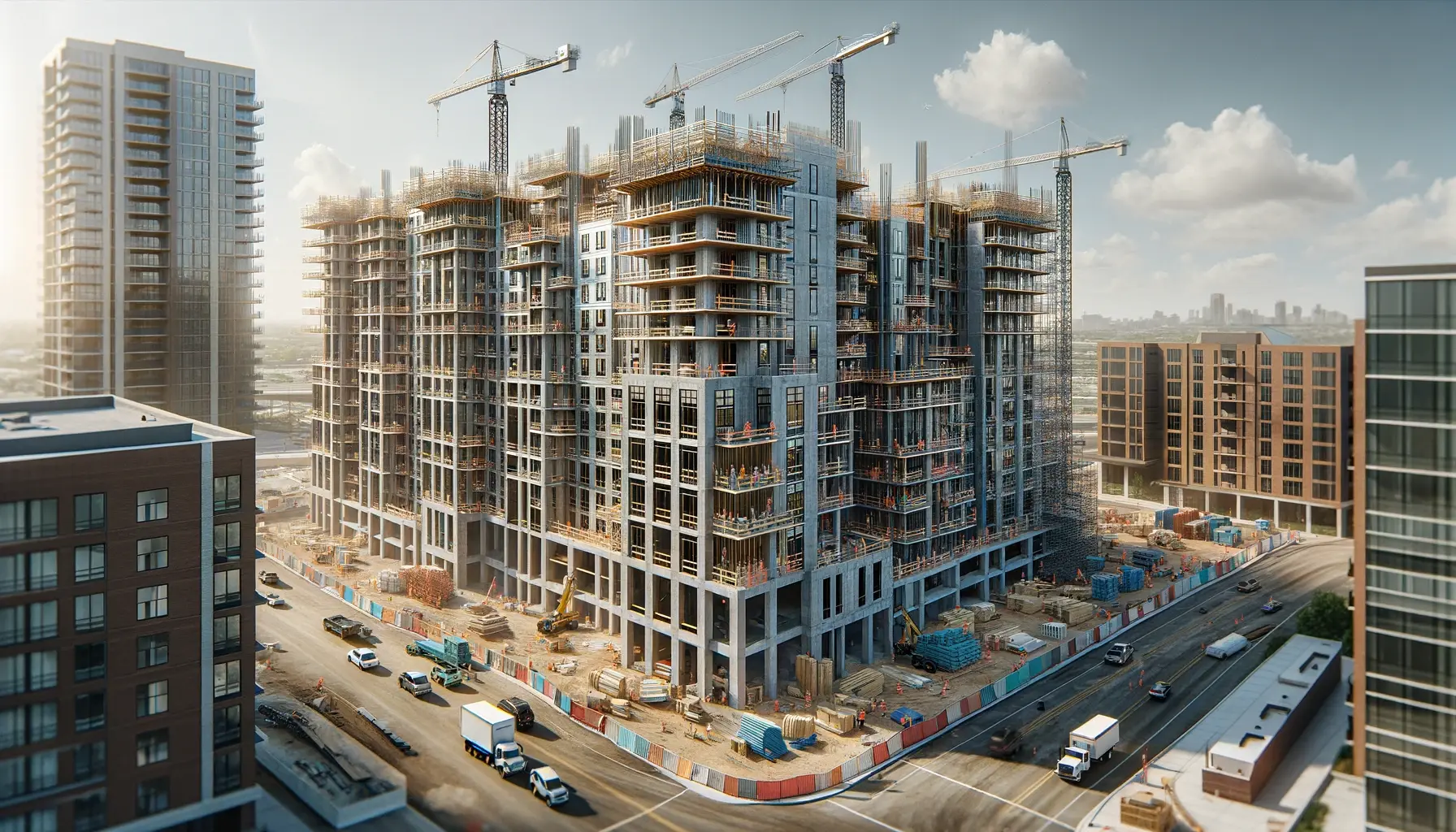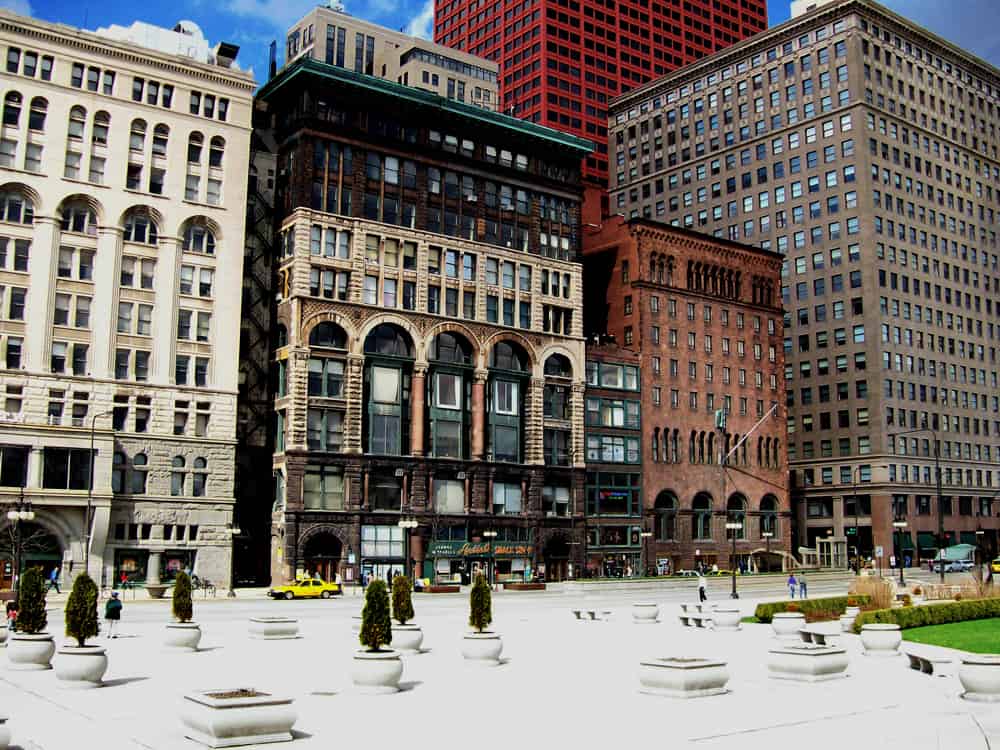Multifamily Development Model (Updated April 2024)
Not to be confused with Spencer’s masterpiece, The A.CRE Apartment Development Model, I decided to build a second option on our website for multifamily development with a different feel. For us true modeling nerds out there, we know that financial modeling and the way we present our underwriting models is equal parts math and art. Think of this model as a different artistic interpretation for underwriting multifamily developments.
I’m happy to release this model and I hope you can use it on your projects or for your own educational purposes.
What’s Inside the Multifamily Development Model
The model is similar in design and feel to my Condo Development Model, RV Park Development Model, and Hotel Development Model. Beyond the description below, there’s also a video walkthrough in the next section.
- Summary&Assumptions Tab – This tab is where you will find all the important summary information and also where you put in all of your assumptions for the project except for your budget and partnership split details.This tab contains inputs for the project name and address; important timing milestones; space details such as area calcs, number of units, and parking spaces; financing assumptions for both development debt and permanent financing; unit mix and operating assumptions; and exit assumptions.Key summary outputs included on this tab not mentioned above are sources & uses, project and partnership level returns, and a sensitivity analysis on the exit cap rate and vacancy.
- AnnualCF – This is the annual roll up of the cash flows includes development, operating, and disposition cash flows; as well as the rolled up levered and unlevered cash flows.
- MonthlyCF – In the MonthlyCF tab, you will see all the info described above in the AnnualCF tab, except broken out in monthly periods. There are a few additional inputs on this tab as well. Here you will alter the bell curve of the development cash outflow and also where you will drop in your forward curve for the variable rate interest on your construction debt.
- Budget – In the exact same setup as my other development models, on the left-hand side you have an auto adjusting budget that alters as you add budget line items to the six individual boxes to the right. The are two columns and a header within each of the six boxes. The header is where you input the major category of the budget line items and on the left side column you will input the specific line item and to the right you input the corresponding cost.
- Waterfall – The Waterfall tab is three tiers and can be altered between an IRR hurdle or an Equity Multiple hurdle. It also has the ability to turn on or off a pref (preferred return).
Multifamily Development Model Video Walkthrough
Compatibility
This version of the model is only compatible with Excel 2013, Excel 2016, and Excel 365.
Download the Multifamily Development Model
To make this model accessible to everyone, it is offered on a “Pay What You’re Able” basis with no minimum (enter $0 if you’d like) or maximum (your support helps keep the content coming – typical real estate development models sell for $100 – $300+ per license). Just enter a price together with an email address to send the download link to, and then click ‘Continue’. If you have any questions about our “Pay What You’re Able” program or why we offer our models on this basis, please reach out to either Mike or Spencer.
We regularly update the model (see version notes). Paid contributors to the model receive a new download link via email each time the model is updated.
Frequently Asked Questions about the Multifamily Development Model
Version Notes
V1.0
- Initial release
V1.1
- Formatting
- Added % to Sources & Uses on Summary&Assumptions tab
- Added average unit size output
- Fixed errors in pm fee calc, cap ex reserve, and perm debt repayment
- Added conditional formatting if pre-lease is more than total units
- Added a stabilization percent input (G36) and reference date (G37) to the Summary&Assumptions tab.
V1.2
- Added macro to recalibrate construction loan
- Corrected formula for loan payoff










